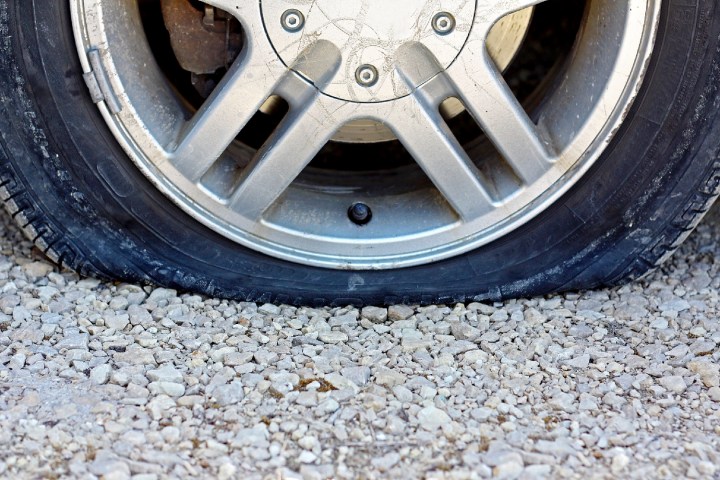
“We have a made a new type of rubber with an exceptional combination of toughness and self-healing ability,” Liheng Cai, a postdoctoral fellow in applied physics, told Digital Trends. “We did so by developing a new way to mix two intrinsically immiscible bonds, reversible and covalent bonds, in a dry rubber.
“Unlike conventional methods relying on co-solvents to promote mixing, we use molecules to physically tie these two types of bonds together, such that they are forced to mix at the molecular level. This enables a dry rubber that contains both reversible hydrogen bonds and permanent covalent crosslinks. The reversible bonds break and reform to enable self-healing ability, whereas the covalent bonds maintain the material integrity under large deformation. Consequently, the rubber is not only very tough as natural rubber, but also can self-heal upon damage.”
While this isn’t the first example of a self-healing material we’ve come across, the research is significant due to the challenge of engineering self-healing properties in dry materials, such as rubber.
Unpuncturable tires alone would be a good enough application to justify the new material’s creation, but Cai said that there are also other potential uses the new form of rubber could be applied to. These include damping materials, materials for stretchable electronics, and — because the material is additionally transparent — protective coatings for optical devices and electronics.
“Next we want to make this material 3D printable, such that we can harness 3D-printing technologies to transform the material into more complex architectures with more functions,” Cai continued. “Harvard’s Office of Technology Development has filed a patent application for the technology, and is actively seeking commercialization opportunities.”
A paper describing the research was recently published in the journal Advanced Materials.


